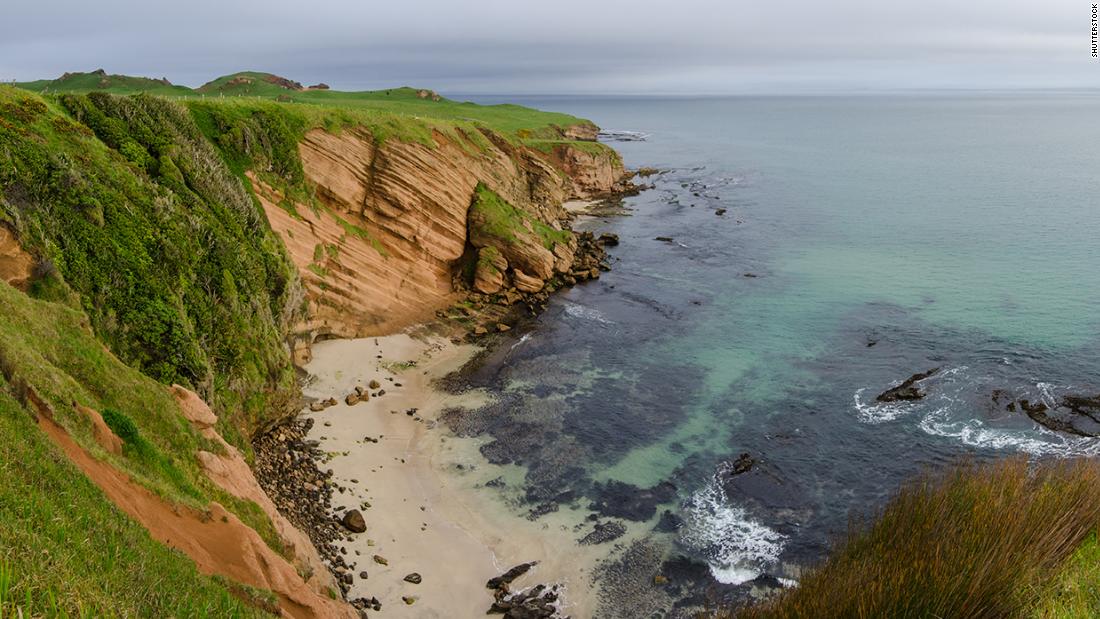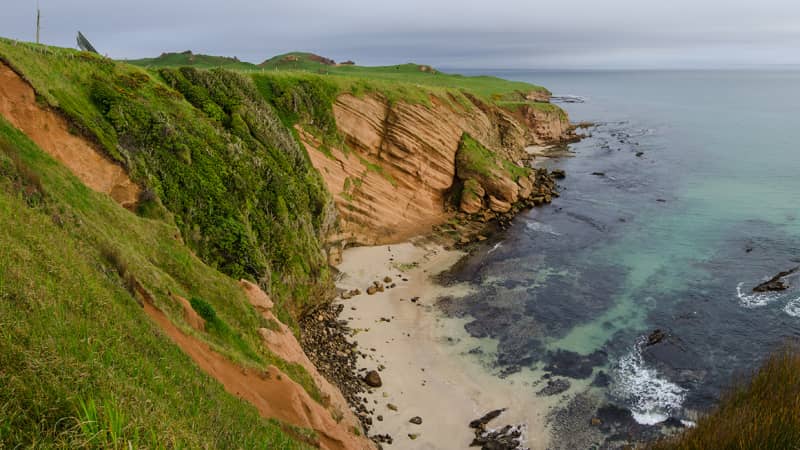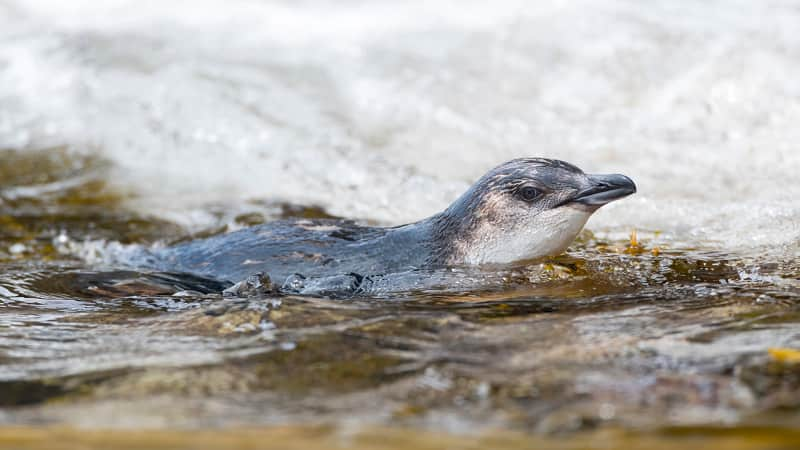But there’s one place on the planet where there are too many tourists right now: the Chatham Islands.
Haven’t heard of them? It’s okay; you’re not the only one.
Moving to the top of the list
In a typical year, the Chathams — whose two main populated islands are Chatham Island and Pitt Island — get about 2,000 tourists. That compares to about 700 full-time residents, most of whom live on Chatham Island, the largest of the archipelago.
But 2020 is no typical year.
The Chathams’ remoteness usually makes it a part of the country that New Zealanders never get around to visiting. Now, that remoteness is an advantage, with travel-starved Kiwis turning to the islands as a way to feel like they’re on a far-off holiday without having to quarantine or take a Covid test.
“It happened quite quickly,” Jackie Gurden, the islands’ tourism manager, explains about the tourism spike in the Chathams. “It’s a bit more expensive to get out here so you don’t get young people looking for a cheap holiday, and there are no beach resorts or anything.”
But once the pandemic kept international borders closed, Tourism New Zealand — the country’s official national tourism board — had to pivot from marketing their country to foreign tourists to encouraging domestic travel. That suddenly made the usually-sleepy Chathams a hot commodity.
Demand, though, is far outstripping supply. Gurden estimates that there are 150 beds on the islands in a mix of hotels, lodges, guesthouses and local residences that list themselves on sites like Airbnb. Most property is privately owned, and camping is forbidden.
The only airline serving the archipelago is Air Chathams, which operates just a handful of flights per week between Chatham Island and what the locals refer to as “the mainland.” (Side note: most Kiwis only mean the South Island when they say “mainland,” but to Chathamites both the North and South Islands fall under this category.)
Normally, tourism season lasts from about November to March, which is summer in the southern hemisphere. But now, all on-island accommodation is booked solid through June 2021. Even Gurden, who lives on New Zealand’s North Island, isn’t sure she’ll be able to find a place to crash when she next visits.
What to do there
In the past, most visitors to the Chathams were older travelers looking for a quiet place to get away from it all. Prices can be high, as much food and fuel for has to be shipped from mainland New Zealand.
But once you’re able to get there, the beautiful scenery is worth the trip.
Pitt Island is believed to be the first inhabited place in the world to see the sun rise every day. The Chathams were the easternmost sliver of the Gondwanaland supercontinent, meaning it has a fascinating range of terrains, including basalt columns a la the Giant’s Causeway and volcanic cones.
The islands are also home to some of the world’s rarest birds, plus there’s a large — and adorable — seal colony.
Where do we go from here?
Before she was the islands’ tourism manager, Gurden was asked to work on a consulting project for the future of the hospitality industry there — although no one could have guessed just how soon some of those initiatives would be tested. Luckily, some of those projects included the islands’ tourism website and official brochure, which landed in the hands of would-be visitors just in time.
In some ways, an uptick in tourism is a major plus for the islands, where most people work in the farming or fishing industries and the absence of a high school sends students off to Christchurch in their teens.
The islands also got a grant from the New Zealand government to help with infrastructure projects, like public toilet facilities and updates at the airport. Even without a pandemic, 2020 was shaping up to be the Chathams’ time to shine.
“It’s not about driving growth, it’s about managing growth,” Gurden explains. “There’s a need for growth in tourism to create jobs for young people. Young islanders can actually have a future on the island.”
That said, she cautions would-be visitors to respect the delicate ecosystem and small-town feel that makes the Chathams so special in the first place.
“There is a resistance on the island to tourists coming into their space,” she says. “Tourism is about coming and taking but we made sure there’s a way to give back.”
That means tour companies give $25 per traveler to the Chathams, which uses the money to pay for projects that benefit locals, such as the construction of a swimming pool.


